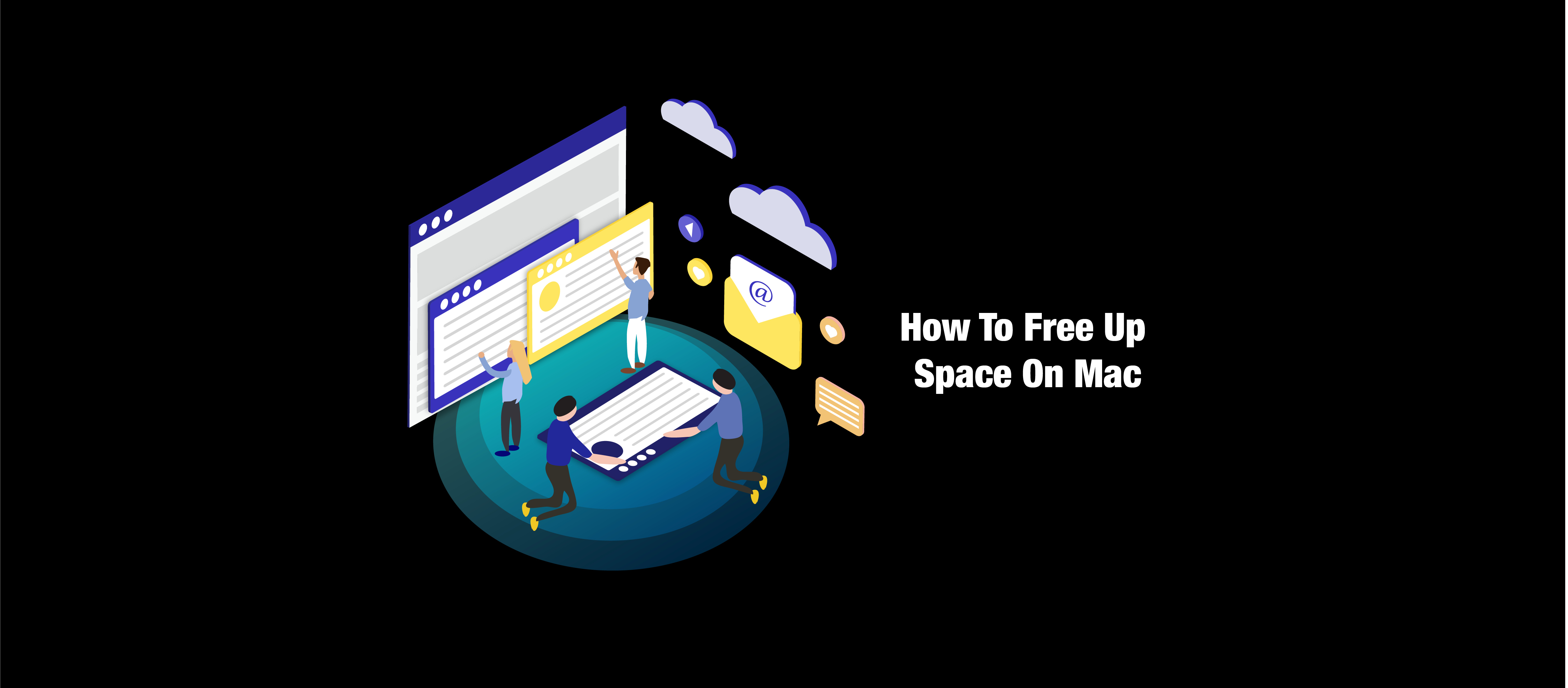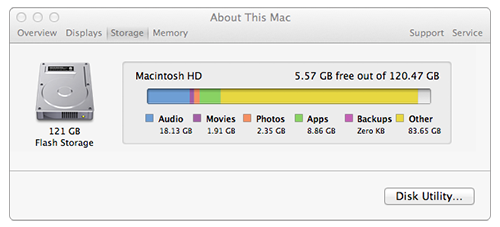
Video GuideĪlso, you should analyze your disk space usage and remove all unneeded digital stuff.
#CLEAR UP SPACE ON MAC HARD DRIVE FULL#
Watch the video to see how easy it is to fix full startup disk error with MacCleaner Pro. You can either remove junk files manually or use MacCleaner Pro to perform this task quickly and easily. This would free up much space on your disk. You can clear caches and other temporary files, uninstall unused apps, remove duplicate files and delete other junk on your Mac.

For the macOS system to work properly, you will need to free up from 10 to 30 Gigabytes by removing unneeded files. In general, when your Mac startup disk is full, you need to clean up your Mac and recover some space. What to do if the startup disk is full on Mac It can also prevent applications from being able to launch or work properly, including suddenly crashing or simply ceasing to work. Lack of free space on the startup disk leads to both unstable and slow performance of the macOS system. How does “Startup Disk Full” affect your Mac? Since macOS Big Sur, the warning message about running low on disk space looks like that: Here is the message the users get when the startup disk is full:

To resolve this issue, you need to free up some disk space. This is often due to having too many files occupying your Mac’s hard drive, bringing free space to a dangerously low level. The warning message indicating that your startup disk is almost full appears when there is no longer enough free space on your disk.

What does “Your startup disk is almost full” mean? You can change that name but it would still be the startup disk of your Mac. By default, the Startup Disk is the disk named “Macintosh HD” and the user’s applications, files, and any data are also stored on this disk. A startup disk on Mac is a hard drive’s partition where macOS is installed.


 0 kommentar(er)
0 kommentar(er)
